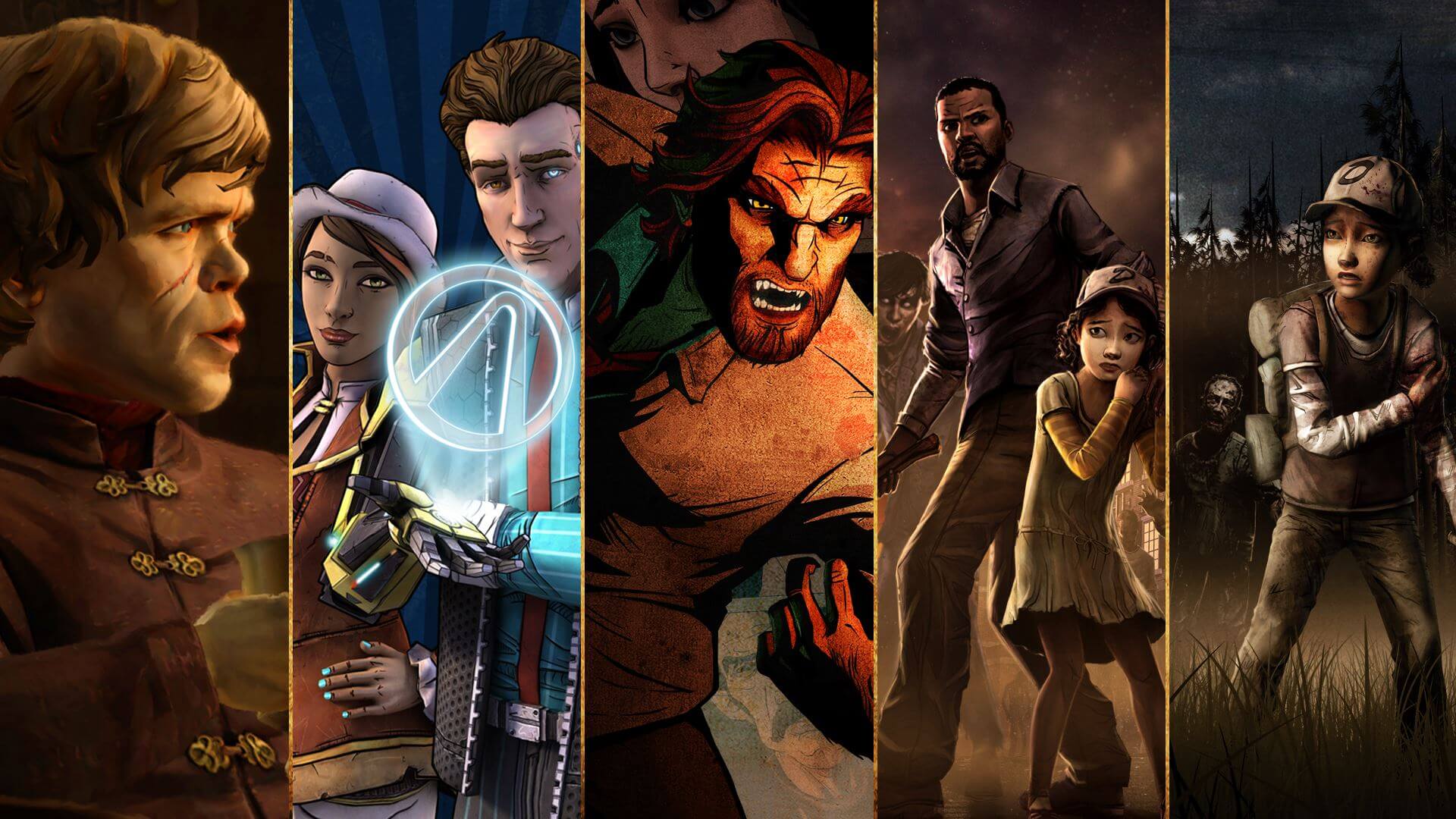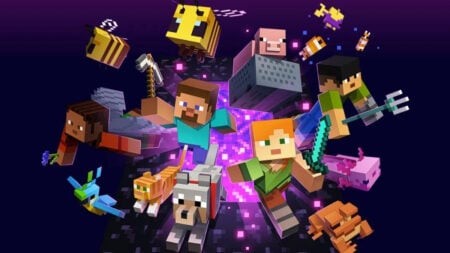Telltale games tends to receive a fair amount of criticism in the gaming community for consistent issues regarding production aspects of its games. Topping the list of those criticisms is the broken gameplay engine that each game runs on, resulting in different issues for different players (voice over glitches, missing graphics etc).
A lot of the frustration surrounding the gameplay issues isn’t necessarily that they happen, but that they seems to get worse and more prevalent with each game, with no resolution in site. These problems are nothing new and date back past Telltales recent resurgence – bookmarked by the release of Telltale’s The Walking Dead – to the company’s start a decade ago with Sam and Max Save the World.
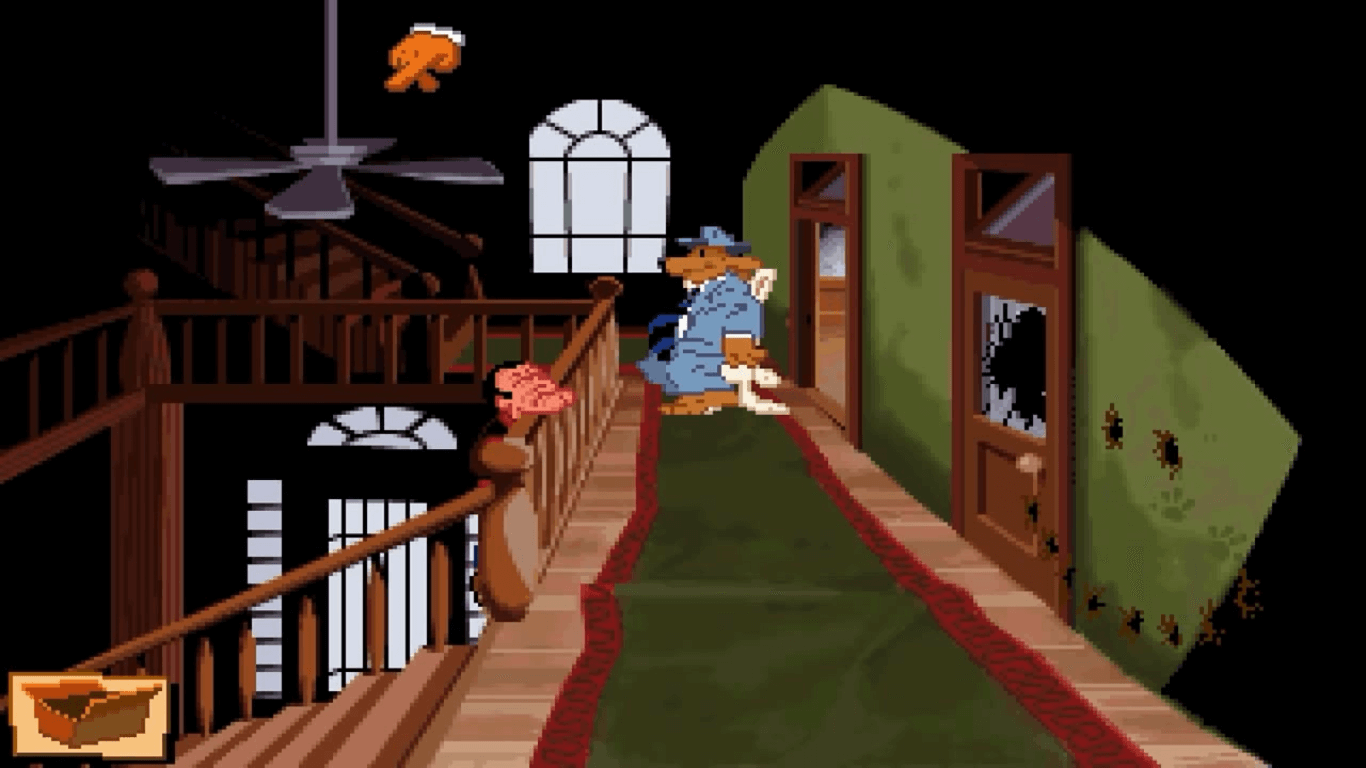
While those problems certainly hinder certain aspects of the game, there is no disputing that Telltale games are story driven adventures, and that it’s where the true focus is, development-wise. That is obviously important given that the games involve little to no gameplay, outside of dialogue and action button prompts and walking.
The stories, while usually based on established properties with pre-existing fan bases, are always delightfully deep and unique. Ranging from plots revolving around zombies, knights and even superheroes – essentially everyone’s childhood favorites – the subject matter of Telltale’s story catalog is every growing and diverse.
But as enjoyable those stories may be, even they are not exempt from criticism, my own included. The vast majority of those story issues revolve around the dialogue, and the illusion of choice they present.
While Telltale does explicitly states that the game series adapts to the choices you make and that the story is tailored by how you play, those statements are really only true for big choice scenes (usually an option A or B scenario) and even then they converge at an end point. When dialogue prompts appear players are given four different options in which to choose from in a given time; ranging between variances of aggressive, calm, neutral and silent.
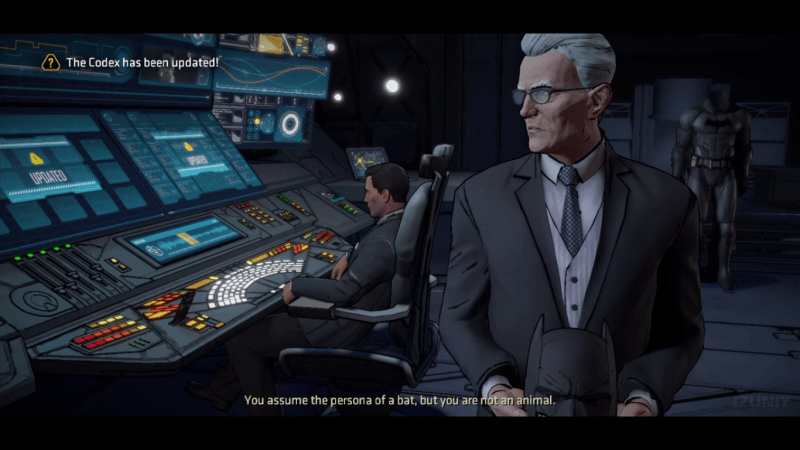
Despite the variety of dialogue choices, multiple playthroughs reveal that the NPC response is generally always the same, regardless of the tone picked. This result in a number of scenes that generally don’t make sense – with the first one coming to mind is the stranger in The Walking Dead blaming Lee and Clementine regardless of whether they stole from him or not – and just seems like lazy writing.
The reality of it is that the writers at Telltale have one of the most difficult job in the company. Writing can be easy (especially if I can do it), but writing can also be considerable difficult, especially when telling a story.
In any writing there are always certain rules and regulations to follow if you want things to make sense, i.e structure, grammar and basic phonetics. Story oriented writing includes this and then is tasked with creating worlds, plots, characters and unique process, all while being simple and explanatory, yet subtle enough to catch the audience’s interests and still hide some surprises.
The story driven Telltale games take all of that and then add the feasibility and limitations that come with games and their development. Essentially the story (even for a story driven game) is planned entirely around the game’s overall structure and still has bullet points that need to be accomplished by end game.
Like any business, Telltale’s number one goal is to turn a large profit, so these bullet points tend to revolve around not only the game being written, but the marketing revolving around it. The current video game market, profit wise, has revolved around sequels, so a large part of Telltale’s marketing message is that player choice will carry over in every episode and each season.
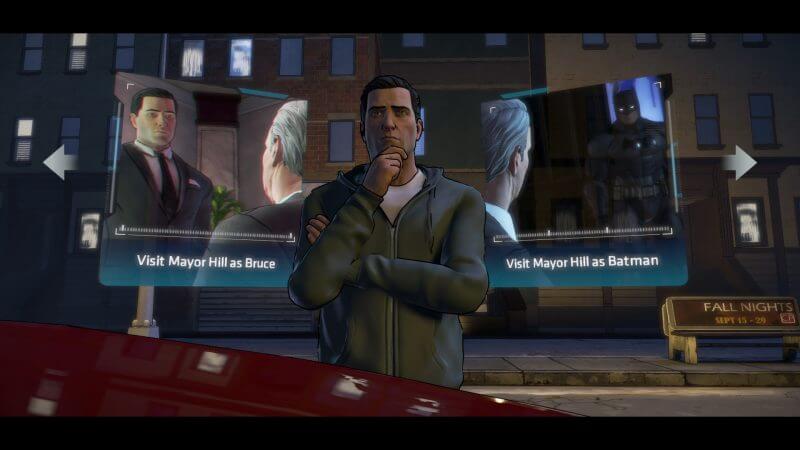
As a result writers are given specific end points – which are always the aforementioned A or B decisions in each game – and are told to write around them while simultaneously creating a branching path, decision based story that eventually converges back to linearity. If not, each season would require multiple different games for the price of one, something that is both not profitable and not feasible given the tremendous workload Telltale already takes on (currently averaging two games a year).
So to be able to create dialogue choices that range from all these different emotions, and still have the resulting conversations and story effect still make sense, is no small feat. Containing a point of convergence – and end game – where branching storylines meet back at the same place is the honestly something tends to happen with the vast majority of video game stories, but it’s a shame that it happens with Telltale games considering how important distinct stories are to enjoying their games.
While Telltale writers might seem like their job is as simple as write A, B, C, D dialogue choices, there are certainly more variables to take into account. Add the rules and regulations of anything oriented to grammatically correct writing with the difficulty of creating an engrossing story, then tack on having to work around both the structure of the game and its marketing, then you have the basis for writing for Telltale.

